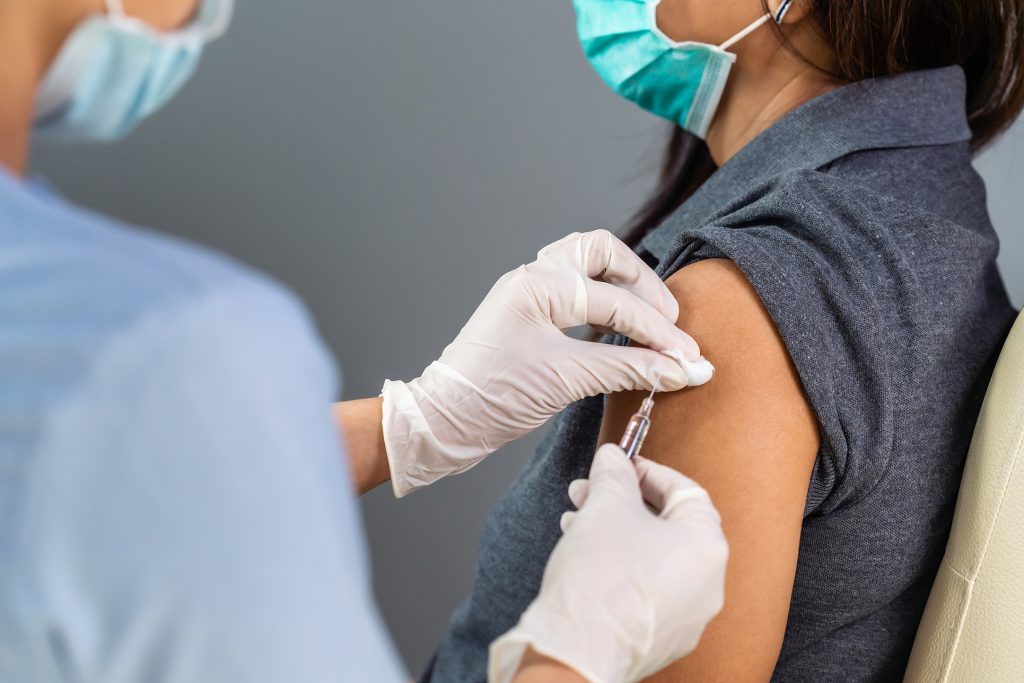Understanding breakthrough COVID infections among vaccinated individuals

The rapid spread of the COVID-19 pandemic prompted an immense effort in the scientific community, leading to the development of over 300 vaccine projects.1 Currently, three vaccines have been approved in the US after the successful completion of Phase III trials– two mRNA vaccines requiring two doses by Pfizer-BioNTech and Moderna, and a single-dose viral vector vaccine manufactured by Johnson & Johnson.2
The mRNA vaccines have been approved in many countries and mass vaccination efforts are ongoing to curb the spread of COVID-19. However, some of the vaccines have shown only partial efficacy,1 and do not guarantee full protection.3,4 Furthermore, the novel mRNA vaccine technology and short development time of vaccines imply that evidence is sparse and little is known on their long-term efficacies, particularly against COVID-19 variants.1,3
Continued surveillance and testing in vaccinated populations are thus being carried out. Here, data from three studies identifying breakthrough infections in vaccinated individuals and their key findings and conclusions are shared.
In nursing facilities in Chicago and Kentucky, as well as at Rockerfeller University, positive COVID-19 infections were detected among individuals more than two weeks past their second vaccine dose.3-5 Most of these cases were asymptomatic, and a portion of the others had mild to moderate symptoms. In the Kentucky study, it was found that infected persons who were vaccinated were 87% less likely to be symptomatic than those who were unvaccinated.4
Whole genome sequencing of the samples identified E484K, T95I, F28L and del142–144 mutations, and an R.1 lineage variant of the virus with multiple spike protein mutations (E484K, D614G, G769V, and W152L).3-5 These mutations are concerning due to their potential effect in heightening the virus’ ability to evade the immune system, even avoiding neutralisation by sera of vaccinated individuals in some cases; additionally, there is evidence of increasing virus transmissibility.4
Key findings from these studies include3-5:
- Risk of infection post-vaccination is small, but breakthrough infections are possible, especially when infected by variants.
- There is a need to characterise variants in infected vaccinated persons to study trends in breakthrough infections.
- Among vaccinated populations, infection is often less severe, with the majority of infected being asymptomatic.
Evidence of the possibility of breakthrough infections emphasises the need for continued vigilance, and adherence to infection prevention protocols.4,5 Additionally, evidence that vaccination results in significantly lower rates and less severe forms of infection suggests that mass vaccination should continue alongside efforts to reduce the spread of COVID-19.3,4
References:
- Forni G, et al. Cell Death & Differentiation 2021;28:626-639
- Center for Disease Control and Prevention. Different COVID-19 Vaccines. Available at: https://www.cdc.gov/coronavirus/2019-ncov/vaccines/different-vaccines.html. Accessed 10 August 2016.
- Teran RA, et al. Morb Mortal Wkly Rep 2021;70:632-638.
- Cavanaugh AM, et al. Morb Mortal Wkly Rep 2021;70:639-643.
- Hacisuleyman E, et al. New Eng J Med 2021 Apr 21. doi: 10.1056/NEJMoa2105000. [Online ahead of print]










